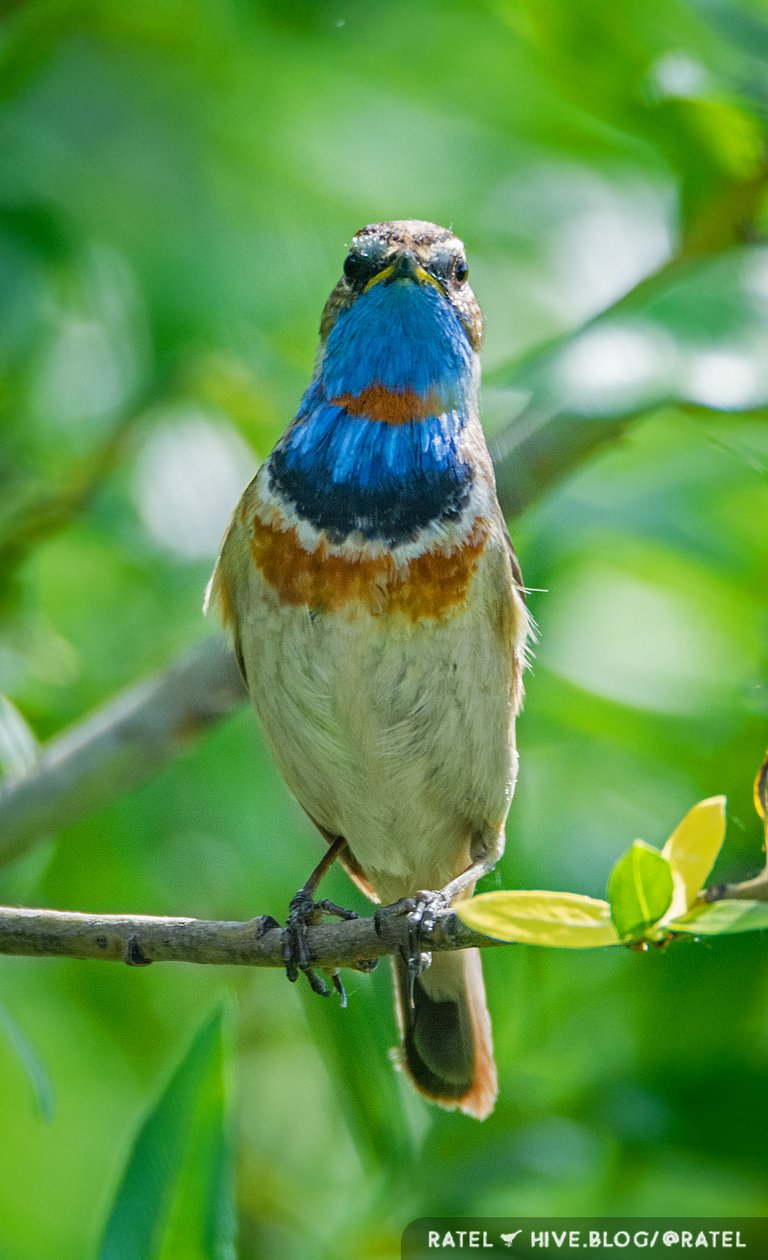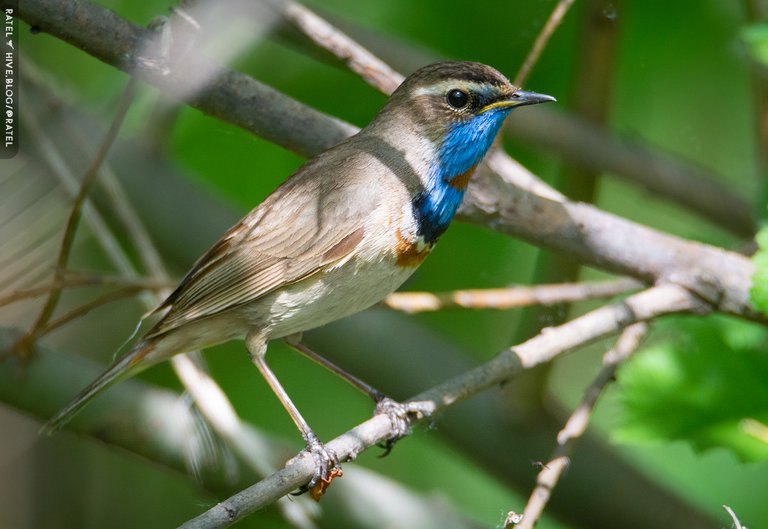
🦉 The bluethroat (Luscinia svecica)
- Luscinia (lat.) Nightingale
- svecica suecicus (lat.) Swedish; the name svecica, according to the history of the description, is not a toponym, but is given for the color of the male's chest:
Olof Rudbeck junior, Swedish botanist and birdwatcher, mentor to Carl Linnaeus, having discovered the bluethroat in 1695 in Lapland, he gave it the name Avis Carolina in honor of the Swedish king Charles XI and the blue-yellow Swedish flag (in those days the yellow color on the flag was more reddish), and K. Linnaeus in 1758, when the absolute power of the monarchy in Sweden was no longer, considered the name svecica more correct than carolina (Jobling, 2010)

You can already meet these funny Swedish nightingales, they have already arrived. You need to look for them in open spaces such as meadows, or near the coastal zone where low bushes grow.
Deep in the bushes, the males are now actively singing, and from afar you can see how they fly up low and then smoothly soar down.

In order to “pull out” the male, you need to turn on the voices of these birds on your phone, and then the male himself will jump out of the bushes and sing even louder, defending his territory. But don't overuse it, don't disturb the birds.

| Camera | Lens |
|---|---|
| Nikon D5200 | Tamron SP AF 150-600mm f/5-6.3 Di VC USD |